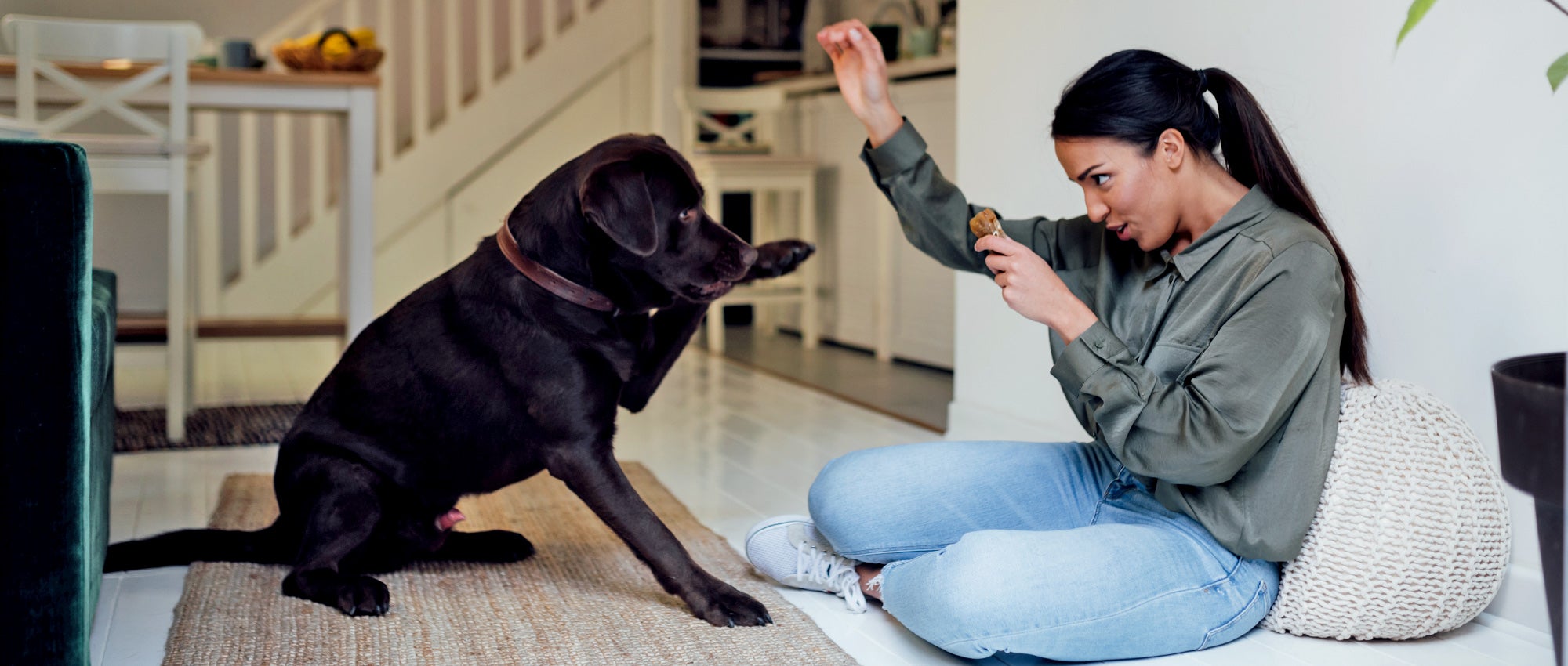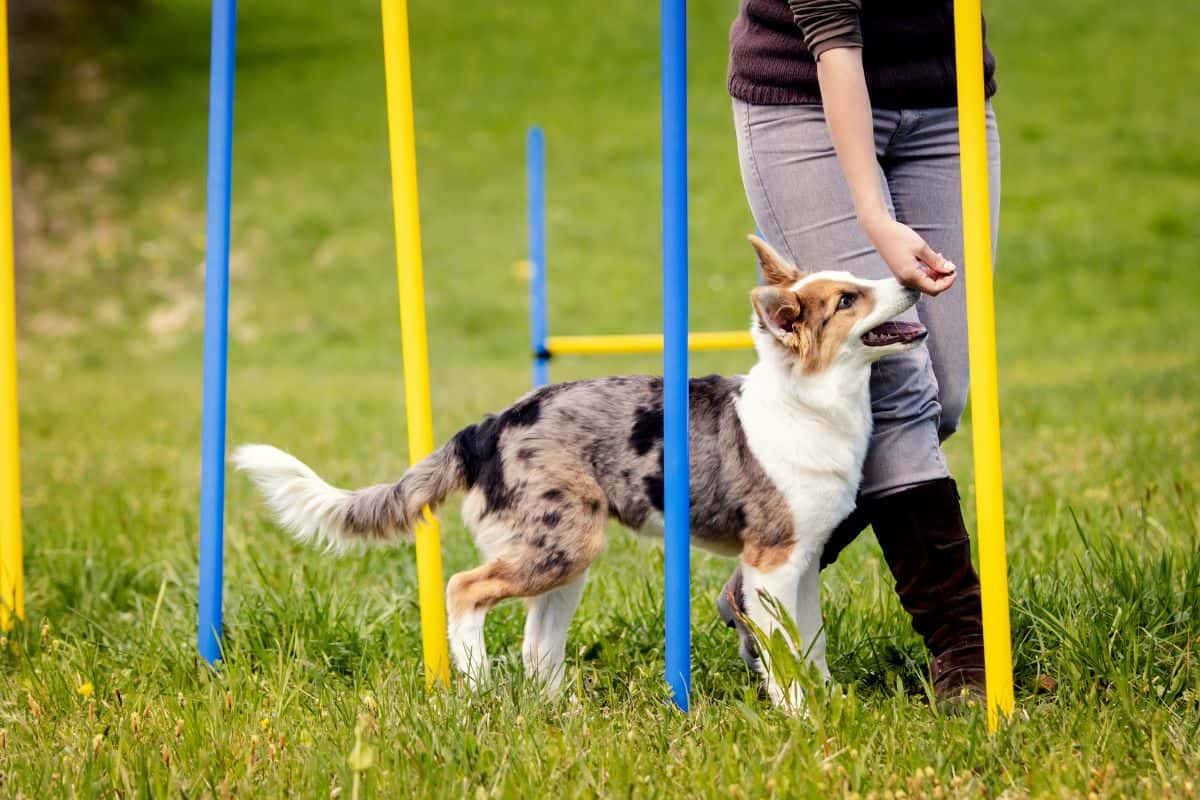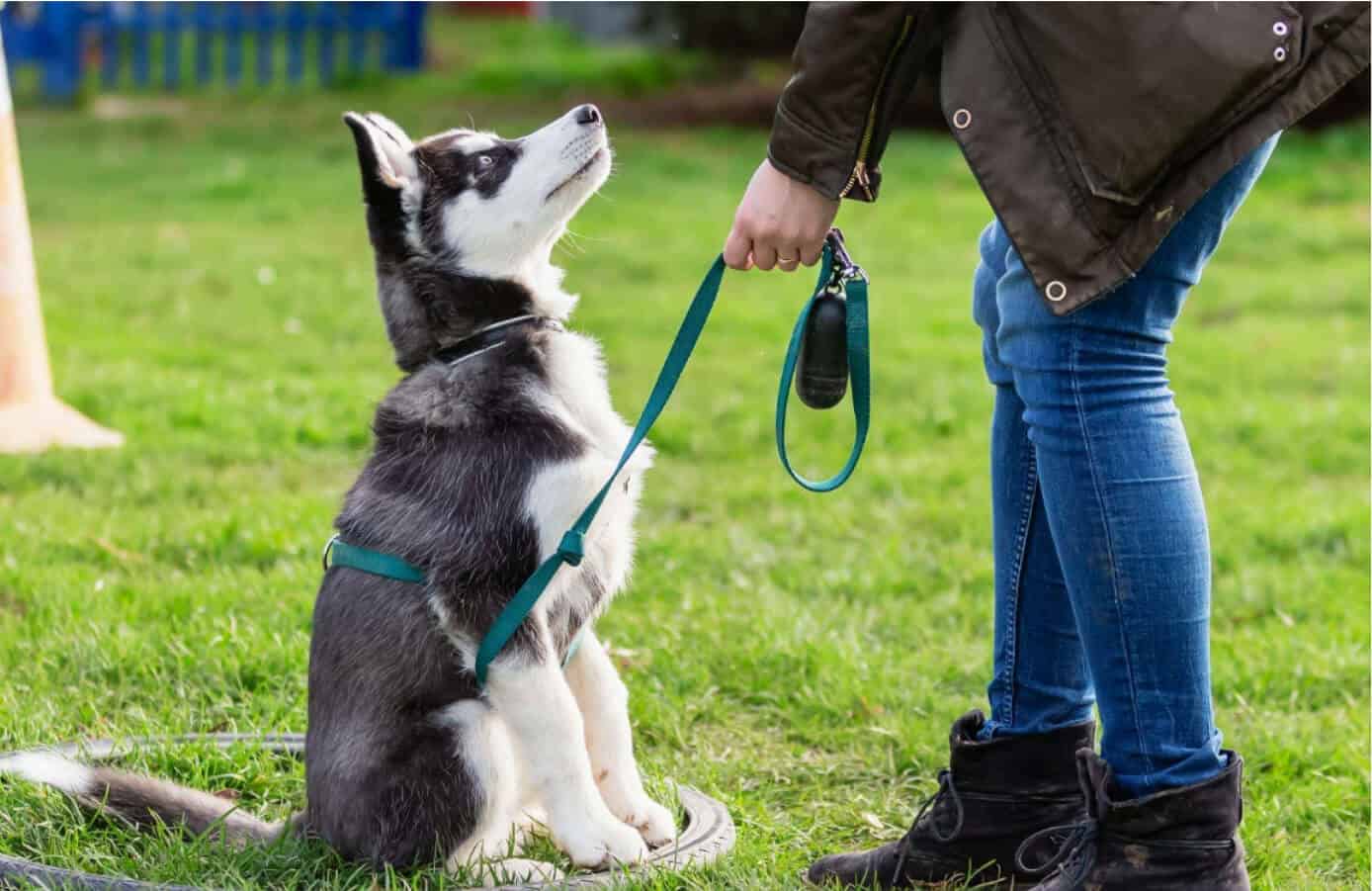Essential Tips for Successful Dog Training: A Guide for Pet Dog Owners
Effective pet dog training is a diverse procedure that requires a calculated strategy tailored to both the pet dog's personality and the proprietor's goals. Understanding exactly how to navigate these obstacles can substantially boost the training experience, ultimately changing the relationship between proprietor and dog.
Understanding Dog Habits
Comprehending pet dog actions is crucial for effective training and cultivating a harmonious connection between canines and their proprietors. Dogs interact mainly with body language, articulations, and activities, making it essential for owners to translate these signals precisely. Identifying a pet dog's posture, tail placement, and ear positioning can give insights into its mood. As an example, a wagging tail does not always suggest happiness; it can additionally signal exhilaration or anxiety.

Socialization plays a significant role in canine behavior; exposure to numerous environments, individuals, and other animals can dramatically impact a canine's character. Factors such as type features and individual character need to direct training methods, as some types might have particular behavioral traits that require tailored strategies. By recognizing these elements, owners can develop a supportive environment that encourages positive actions, bring about successful training outcomes and a deeper bond with their animals.
Establishing Constant Commands
Reliable communication with your pet starts with establishing constant commands. This foundational component of training is essential for cultivating understanding in between you and your animal. Uniformity in the commands you use makes sure that your canine can reliably link specific words or expressions with the preferred actions.
When selecting commands, choose clear, unique words that are very easy to say and differentiate from each other. Prevent making use of similar-sounding commands that may puzzle your pet dog. As an example, utilizing "rest" and "remain" is suitable, however "rest" and "hit" can cause misunderstandings.
In addition, keep the exact same tone and volume for each command. Dogs are delicate to vocal hints, so differing your tone can create complication.
It is just as essential to ensure that all member of the family are on the very same web page relating to the commands used. A united front in command usage will certainly avoid blended signals and strengthen the understanding procedure.
Favorable Reinforcement Strategies
The power of favorable support in pet training exists in its capability to motivate wanted habits via rewards and praise. This technique is grounded in the principle that behaviors complied with by favorable outcomes are more probable to be duplicated. By incorporating favorable reinforcement right into your training program, you can effectively shape your pet dog's behavior in a positive manner.
To carry out positive support, it's essential to recognize what motivates your canine, whether it be treats, playthings, or spoken appreciation. When your canine does a desired activity, such as remaining on command, instantly award them with a treat or love. This association in between the command and the favorable outcome strengthens their understanding.
It's important to timing the incentives appropriately; providing the reinforcement within secs of the wanted behavior aids your dog make the connection (dog training). Furthermore, uniformity is essential-- make certain that all member of the family make use of the very same commands and benefit systems to stay clear of complication

Gradually, you can lower the frequency of deals with as your pet finds out the habits, transitioning to praise or intermittent benefits. This method not just promotes a strong bond in between you and your pet but additionally advertises a positive knowing environment, making training an enjoyable experience for both.
Socialization and Communication
Constantly revealing your pet dog to a range of settings, people, and various other animals is crucial for their social development. Socialization must start early, ideally during the critical window of 3 to 14 weeks, when puppies are most responsive to brand-new experiences. Nonetheless, older canines can additionally gain from recurring socializing initiatives.
Introduce your canine to various setups, such as parks, pet-friendly shops, and metropolitan locations. This exposure assists them adjust to various stimulations, lowering anxiousness and worry feedbacks. Encourage favorable communications with various other pet dogs and people, ensuring that these experiences are secure and controlled to foster confidence.
Utilize structured playdates with courteous canines, as this useful reference can boost your pet's social skills and teach them ideal habits. Obedience courses and training sessions likewise offer exceptional possibilities for socializing, enabling your canine to engage with others in a monitored setting.
Screen your canine's body language during communications, as this will assist you gauge their comfort level. Slowly boost direct exposure to more challenging circumstances while making certain that each experience declares. A well-socialized dog is most likely to exhibit well balanced habits, making them a happiness to have in any kind of setting.
Resolving Common Training Challenges
Every pet dog proprietor will certainly come across training difficulties at some factor, no matter of their dog's age or socializing degree. Recognizing typical concerns such as stubbornness, disturbances, and fearfulness can assist in developing effective techniques for improvement.

Slowly introduce disturbances as the canine comes to be much more efficient in commands. Short, frequent training sessions are likewise effective in keeping interest.
Terror can impede a canine's learning procedure. Progressive desensitization to the resource of concern, coupled with favorable reinforcement, can aid minimize stress and anxiety. Persistence is critical; never ever compel a canine into a circumstance that triggers distress, as this may worsen the concern.
Ultimately, understanding and addressing these common difficulties with an organized technique will promote a much more efficient training experience, strengthening the bond between pet dog and owner while advertising efficient learning.
Conclusion
In summary, effective canine training relies upon an extensive understanding of canine actions, the facility of regular commands, and the application of favorable Read Full Report reinforcement techniques. Socialization plays a vital duty in creating well-adjusted pet dogs, while attending to typical training challenges requires perseverance and versatility. By carrying out these important approaches, family pet proprietors can promote a strong bond with their dogs and advertise preferable behaviors, eventually resulting in a harmonious partnership between people and their canine buddies.
Comprehending dog actions is necessary for effective training and promoting an unified partnership between canines and their owners.Socialization plays a considerable role in dog actions; direct discover this info here exposure to various atmospheres, individuals, and various other pets can significantly influence a pet dog's character.The power of positive reinforcement in canine training exists in its capacity to encourage desired habits via benefits and praise. By integrating positive support into your training routine, you can efficiently form your pet dog's actions in a positive manner.
In summary, effective canine training counts on a detailed understanding of canine behavior, the establishment of consistent commands, and the application of favorable reinforcement methods.